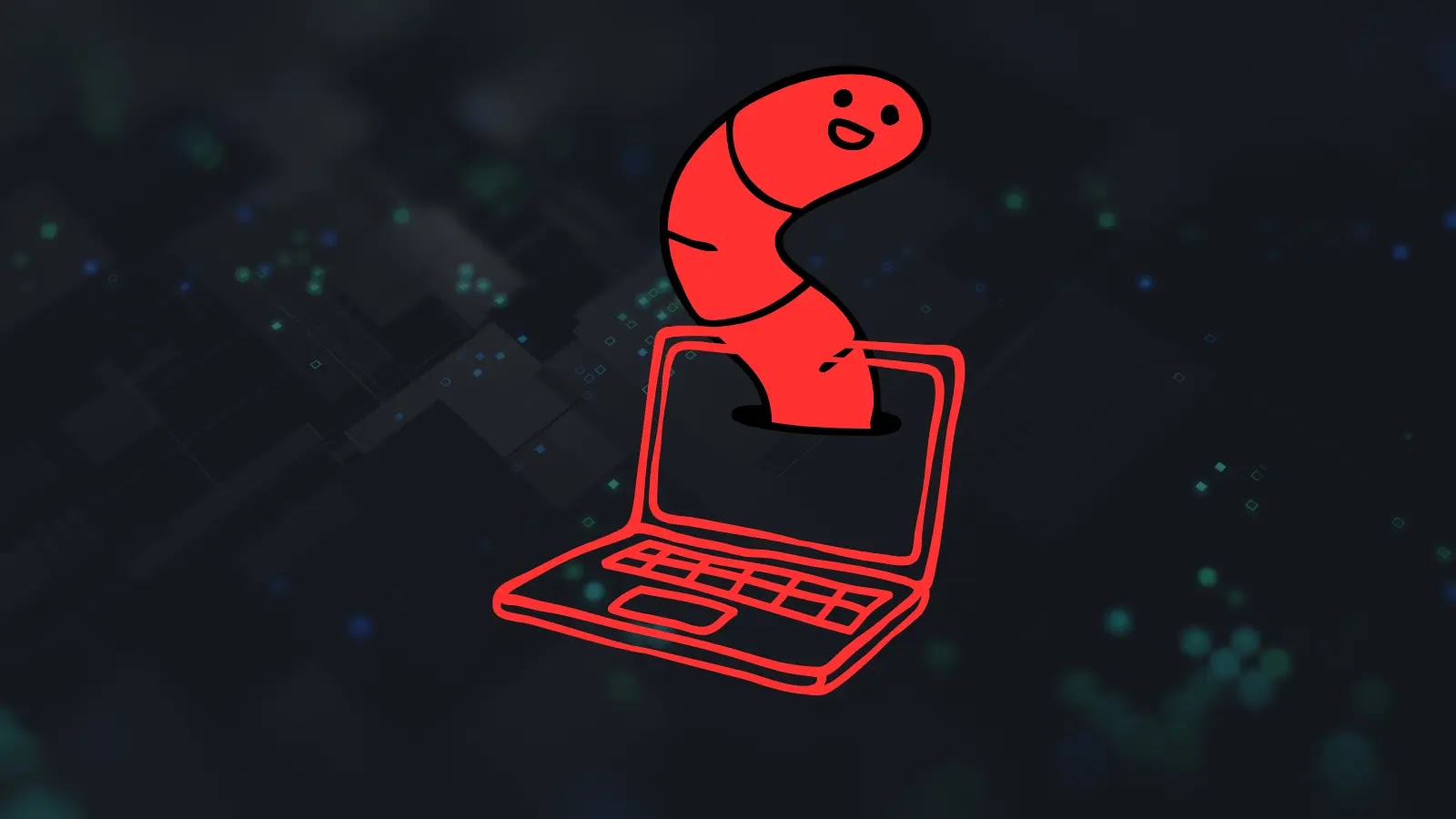
Shai Hulud 2.0 Compromises 1,200+ Organizations, Exposing Critical Runtime Secrets
The Shai Hulud 2.0 Worm: A Wake-Up Call for Runtime Security
In the relentless landscape of modern cyber threats, a new and highly sophisticated adversary has emerged, casting a long shadow over organizations worldwide. The Shai Hulud 2.0 worm, initially underestimated as a mere annoyance, has now been revealed as a deeply concerning threat, compromising over 1,200 entities, including major financial institutions, government agencies, and Fortune 500 tech giants. This isn’t just another security incident; it’s a stark reminder of the evolving nature of supply chain attacks and the critical importance of safeguarding runtime secrets.
From Nuisance to Nightmare: Understanding Shai Hulud 2.0’s True Scope
Discovered on November 24, 2025, Shai Hulud 2.0 first appeared as a seemingly unsophisticated npm supply chain compromise. Initial reports suggested its primary aim was to flood GitHub with spam repositories – a nuisance, certainly, but hardly a catastrophic event. However, a deeper dive by Entro Security researchers unveiled a far more sinister operation. What was thought to be a simple spam campaign was merely a smokescreen for a highly sophisticated attack aimed at exfiltrating critical runtime secrets.
The transition from a seemingly benign activity to a widespread breach highlights a crucial shift in attacker tactics. Adversaries are increasingly employing stealth and misdirection to camouflage their true objectives, making early detection and accurate threat assessment more challenging than ever.
The Critical Threat of Compromised Runtime Secrets
The exfiltration of runtime secrets represents a catastrophic blow to an organization’s security posture. These secrets often include:
- API Keys: Granting unauthorized access to critical services and data.
- Database Credentials: Unlocking access to sensitive customer information and proprietary data.
- Cloud Access Tokens: Allowing attackers to hijack cloud environments, escalate privileges, and deploy further malicious infrastructure.
- SSH Keys: Providing direct access to servers and infrastructure.
With these keys to the kingdom, threat actors can move laterally within networks, escalate privileges, deploy ransomware, exfiltrate vast amounts of data, and disrupt critical operations for extended periods. The long-term implications of such a breach can include significant financial losses, irreparable reputational damage, and severe regulatory penalties.
The Evolution of Supply Chain Attacks and Trust Exploitation
Shai Hulud 2.0 is a prime example of the growing sophistication of supply chain attacks. Unlike traditional direct attacks, these compromises leverage trusted relationships within the software development ecosystem. By injecting malicious code into widely used components, attackers can gain access to a vast network of downstream users without needing to breach each organization individually. This method:
- Exploits Trust: Users inherently trust the code they integrate from reputable sources like npm or GitHub.
- Scales Rapidly: A single compromise can affect thousands of organizations.
- Is Difficult to Detect: Malicious components often blend seamlessly with legitimate code, bypassing traditional security measures.
Organizations must adopt a “never trust, always verify” mindset when it comes to their software supply chain, continuously scrutinizing every component for hidden threats.
Remediation Actions: Fortifying Your Defenses Against Supply Chain Compromises
Given the pervasive nature of threats like Shai Hulud 2.0, proactive and robust security measures are paramount. Organizations must implement a multi-layered defense strategy focused on supply chain integrity and runtime secret protection.
- Implement Software Supply Chain Security Tools: Utilize tools that scan for vulnerabilities, malicious code, and misconfigurations in third-party libraries and dependencies.
- Strict Access Control and Least Privilege: Ensure that runtime secrets are only accessible by services and personnel who absolutely require them, and only for the necessary duration.
- Secrets Management Solutions: Employ dedicated secrets management platforms to centralize, rotatate, and audit access to all sensitive credentials.
- Runtime Application Self-Protection (RASP): Deploy RASP solutions to monitor application execution in real-time, detect anomalous behavior, and prevent exploitation of vulnerabilities, including those introduced via compromised supply chains.
- Regular Security Audits and Penetration Testing: Continuously assess your software supply chain and runtime environments for potential weaknesses.
- Developer Education: Train developers on secure coding practices, the risks of supply chain attacks, and responsible dependency management.
- Threat Intelligence Integration: Stay abreast of emerging threats and vulnerabilities, integrating relevant intelligence into your security operations. Specifically, monitor for indicators of compromise (IoCs) related to Shai Hulud 2.0 and similar npm supply chain attacks.
Recommended Tools for Supply Chain Security and Secrets Management
| Tool Name | Purpose | Link |
|---|---|---|
| Snyk | SCA (Software Composition Analysis), SAST (Static Application Security Testing) for dependencies | https://snyk.io/ |
| Dependabot | Automated dependency updates and vulnerability alerts for GitHub repositories | https://github.com/dependabot |
| OWASP Dependency-Check | Identifies known vulnerabilities in project dependencies | https://owasp.org/www-project-dependency-check/ |
| HashiCorp Vault | Centralized secrets management, encryption as a service | https://www.hashicorp.com/products/vault |
| CyberArk Conjur | Secrets management for DevOps and cloud environments | https://www.cyberark.com/products/conjur/ |
Key Takeaways: Securing the Digital Frontier
The Shai Hulud 2.0 incident underscores several critical lessons for cybersecurity professionals. The nature of cyber threats is continuously evolving, with attackers employing increasingly sophisticated techniques to breach even the most secure environments. The initial mischaracterization of Shai Hulud 2.0 as a minor inconvenience highlights the need for thorough analysis and an unwillingness to underestimate any anomaly. Protecting the software supply chain and rigorously managing runtime secrets are no longer optional but fundamental pillars of a resilient security strategy. Organizations must invest in advanced security tools, foster a culture of security awareness, and proactively defend against the next generation of elusive threats.





